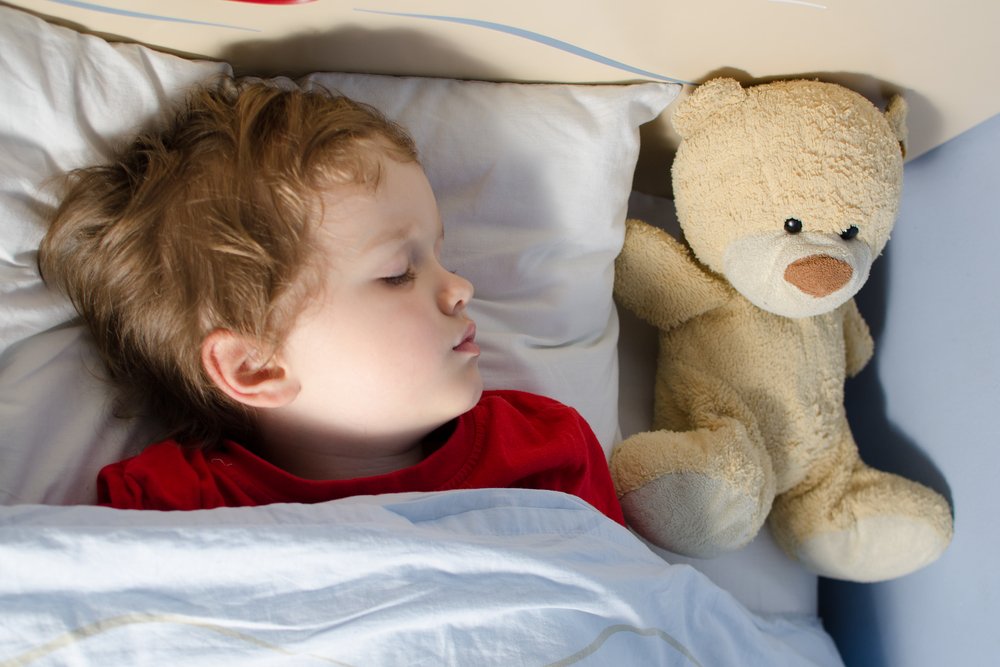Key points:
- Transition from crib to bed after 36 months when your child understands rules and limits.
- Celebrate the transition and position the bed where the crib was.
- Time bedtime about 12 hours after waking up or 5 hours after a nap.
- Create a fun bedtime routine, maintain consistency, and show empathy during the adjustment.
With your child’s newfound emotional, verbal, and motor control skills, you’re probably thinking about transitioning from the crib and into a bed.
Here are some useful recommendations from the book What to expect: the toddler years. The authors recommend making the transition after 36 months of age, not earlier, because at this age your child is just starting to understand the more abstract concepts of rules and limits. An indicator for making the change is when your child starts suggesting it.
- When your little one is ready, celebrate the transition.
- Try to position the bed in the same place where the crib used to be.
- Pediatricians recommend that bedtime should be timed about 12 hours after your child wakes up, or about 5 hours after their nap ended.
- Make a fun bedtime routine and talk about it with your toddler. Give them a couple of choices, like choosing whether they should put on pajamas or brush their teeth first.
- Make bedtime a bonding moment in which your child can feel safe and loved.
- Provide them with their blanket, stuffed animals, or other comfort items from their crib.
- If your child gets out of bed during the night, hold your ground and return them to bed in a silent but consistent manner. It might take some time, but they will get the message.
- Avoid reinforcing last-minutes excuses not to sleep.
- Show them empathy and patience while adjusting to this change.








